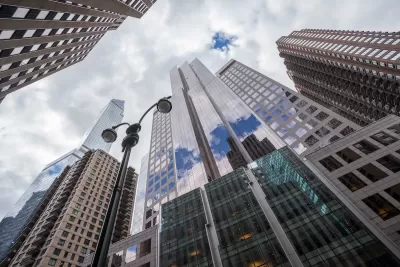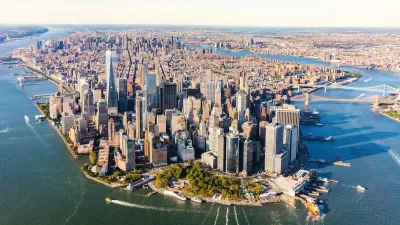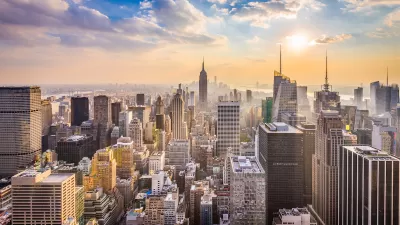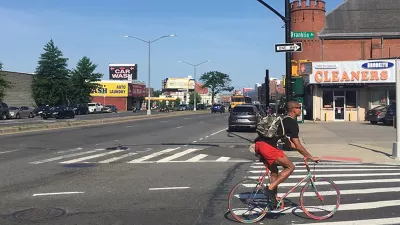A plan to alter zoning for parts of Midtown would permit new housing and make it easier to convert office buildings to residential units.

New York City’s City of Yes zoning reform initiative is taking a step forward with a proposal for Midtown Manhattan that would, according to city officials, make way for nearly 10,000 new housing units.
According to a New York Times article by Mihir Zaveri, the proposal would rezone 42 blocks to allow for residential construction and adaptive reuse in an area struggling to recover after the pandemic. The two councilmembers representing the neighborhood favor the plan. “The four areas affected by the plan include swaths between 35th and 40th Streets south of Bryant Park; between 34th and 41st Streets west of Broadway; and two chunks between 23rd and 31st Streets on either side of Sixth Avenue. There are already a variety of buildings in these zones, including several high-rises that were built before zoning restrictions were put in place in the mid-20th century.”
Zaveri notes that “The Midtown plan is also designed to boost retail in the neighborhood, where vacancies in commercial buildings and less foot traffic have contributed to a feeling of gloom.”
FULL STORY: New York City Seeks Jolt for Midtown With Plan to Build 10,000 Homes

Alabama: Trump Terminates Settlements for Black Communities Harmed By Raw Sewage
Trump deemed the landmark civil rights agreement “illegal DEI and environmental justice policy.”

Planetizen Federal Action Tracker
A weekly monitor of how Trump’s orders and actions are impacting planners and planning in America.

The 120 Year Old Tiny Home Villages That Sheltered San Francisco’s Earthquake Refugees
More than a century ago, San Francisco mobilized to house thousands of residents displaced by the 1906 earthquake. Could their strategy offer a model for the present?

LA’s Tree Emergency Goes Beyond Vandalism
After a vandal destroyed dozens of downtown LA trees, Mayor Karen Bass vowed to replace them. Days later, she slashed the city’s tree budget.

Sacramento Leads Nation With Bus-Mounted Bike Lane Enforcement Cameras
The city is the first to use its bus-mounted traffic enforcement system to cite drivers who park or drive in bike lanes.

Seattle Voters Approve Social Housing Referendum
Voters approved a corporate tax to fund the city’s housing authority despite an opposition campaign funded by Amazon and Microsoft.
Urban Design for Planners 1: Software Tools
This six-course series explores essential urban design concepts using open source software and equips planners with the tools they need to participate fully in the urban design process.
Planning for Universal Design
Learn the tools for implementing Universal Design in planning regulations.
Ada County Highway District
Clanton & Associates, Inc.
Jessamine County Fiscal Court
Institute for Housing and Urban Development Studies (IHS)
City of Grandview
Harvard GSD Executive Education
Toledo-Lucas County Plan Commissions
Salt Lake City
NYU Wagner Graduate School of Public Service





























